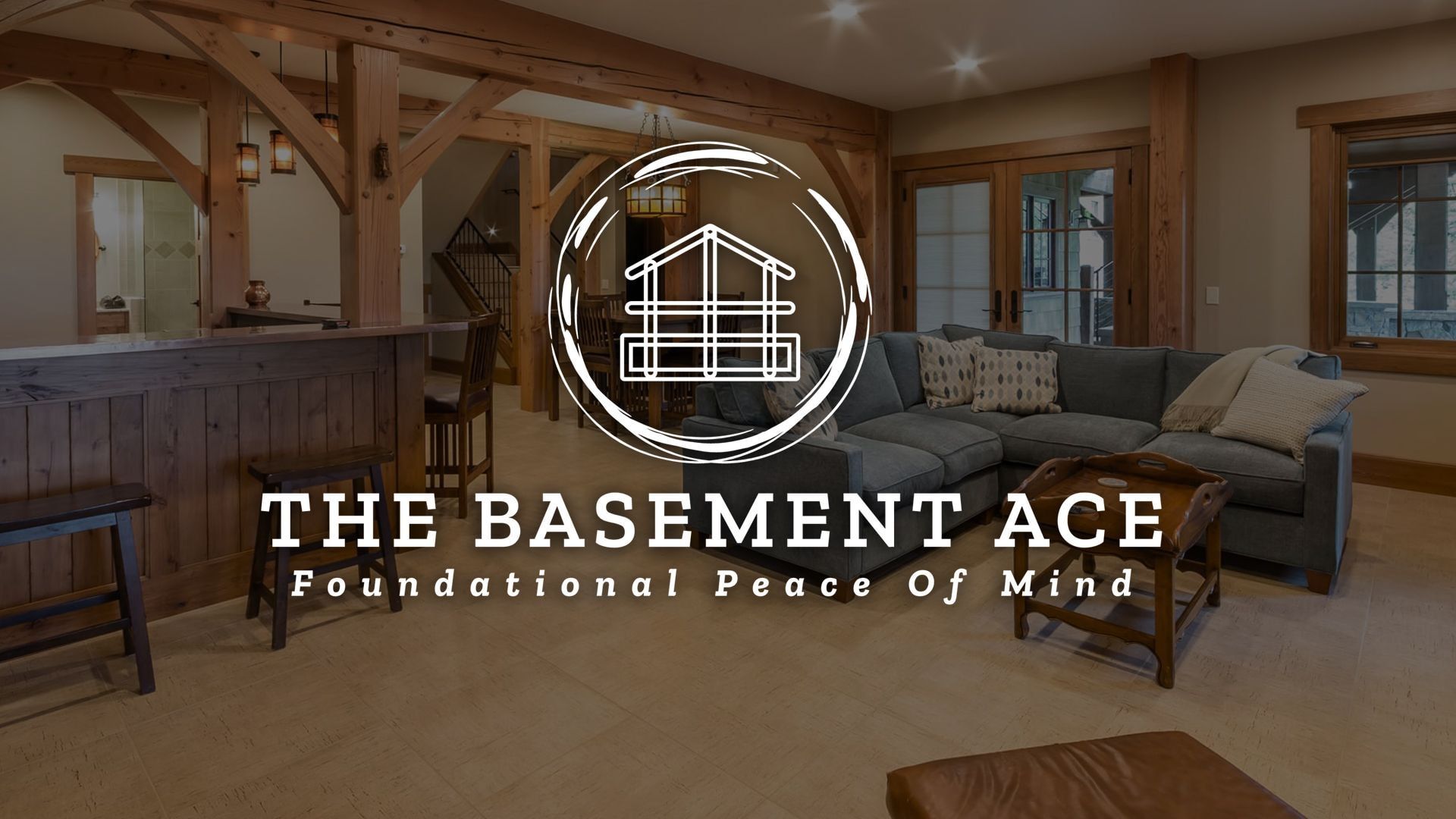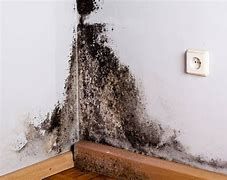Top Causes and Fixes for Water in Basements
If you’re dealing with water in basements, understanding why it’s happening is the first step. This guide will help you identify common causes, like groundwater seepage, rainwater, and interior leaks, and offer effective solutions to keep your basement dry.
Key Takeaways
- Identifying water sources is crucial for resolving basement water issues—common culprits include groundwater seepage, rainwater runoff, and interior leaks.
- Common signs of water problems in basements include musty odors, water stains, and efflorescence, which should be addressed quickly to avoid serious damage.
- Preventive measures like regular gutter maintenance, proper landscaping, and humidity monitoring can significantly reduce the risk of basement water issues.
Identifying Water Sources in Basements
Determining the source of basement water is the initial step in addressing the issue. Water intrusion can stem from multiple sources, including groundwater seepage, rainwater, and interior leaks. Pinpointing the exact source allows for effective remediation and long-term solutions.
Water accumulation often arises from factors such as poor drainage, groundwater seepage, and interior moisture sources like leaking pipes or humid air. Once the source is identified, targeted strategies can be implemented to address the problem and prevent further damage to your home’s foundation and basement.
Groundwater Seepage
Groundwater seepage is a common culprit behind wet basements. Hydrostatic pressure from saturated soil pushes water up from the ground, leading to potential basement flooding, especially during wet weather. This pressure forces water through cracks where the basement floor meets the walls, causing persistent moisture problems long after storms have passed.
External factors like improper drainage, lack of proper grading, and rising groundwater levels exacerbate standing water and water intrusion.
Installing a sump pump system and an interior drainage system can effectively manage groundwater seepage and keep your basement dry.
Rainwater and Surface Runoff
Rainwater and surface runoff are significant contributors to basement water issues. Heavy rains, leaking pipes, and overwhelmed drainage systems can all lead to water in the basement. Improper grading, such as level ground or slopes toward the house, directs rainwater into the foundation, increasing the risk of basement flooding.
Clogged gutters and downspouts also play a significant role in water intrusion. When gutters are clogged, rainwater overflows and accumulates against the foundation, leading to leaks and wet basements. Proper grading and clean gutters direct water away from your home, preventing moisture problems.
Interior Leaks
Interior leaks are another common source of a basement moisture problem. Showers, sinks, toilets, and leaking pipes can all contribute to moisture issues in the basement. Old appliances and uninspected plumbing can harbor hidden leaks that exacerbate the problem.
Routinely inspecting plumbing and appliances helps prevent interior leaks and water damage. Promptly addressing these leaks, either through DIY fixes or professional help, can significantly reduce the risk of a wet basement and maintain a dry, healthy living space.
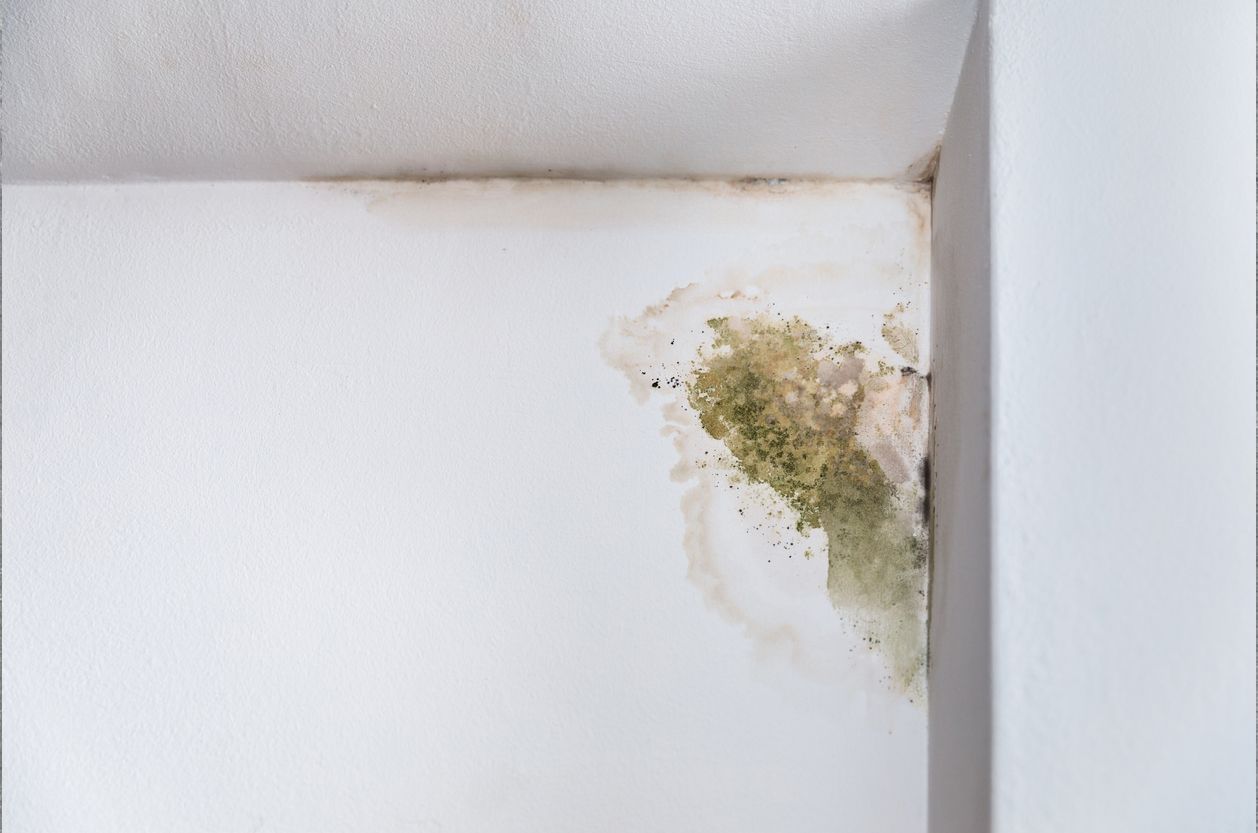
Common Signs of Basement Water Issues
Early recognition of basement water issues can save you from costly repairs and extensive damage. Common warning signs include musty odors, mold growth, water stains, and discoloration on surfaces. These indicators often suggest underlying moisture problems that need immediate attention.
Neglecting these signs can lead to severe consequences, including structural damage and health risks from mold contamination. Consistent inspections and maintenance are key to preventing further water accumulation and mitigating moisture issues.
Musty Odors and Mold Growth
Musty odors and mold growth are early warning signs of a wet basement. These smells often indicate excess moisture and condensation issues. A musty smell should prompt you to check for condensation on basement walls and floors.
Tape foil over a damp spot and check for moisture after 24 hours to diagnose condensation issues. Promptly addressing these issues can prevent mold growth and maintain a healthy environment.
Water Stains on Walls and Floors
Water stains on basement walls and floors are clear indicators of water intrusion. These stains often result from groundwater seepage, improper grading, or interior leaks. Recognizing the source of these stains is key for effective remediation.
Improper grading and clogged gutters can cause rainwater and surface runoff to enter basements, leading to water stains. Consistent inspections and upkeep can help prevent these issues and keep your basement dry.
Efflorescence
Efflorescence appears as a white powdery deposit on surfaces, typically concrete or masonry, resulting from mineral salts left behind when water evaporates. This phenomenon often indicates persistent moisture issues that need to be addressed.
Neglecting efflorescence can lead to more serious issues, such as structural damage over time. Address efflorescence by eliminating moisture sources, ensuring proper ventilation, and applying sealing treatments to affected surfaces.
Effective Solutions to Mitigate Basement Water Problems
Effective solutions to mitigate basement water problems are essential for maintaining a dry and healthy living space. Proper basement waterproofing combines techniques to prevent water intrusion and manage existing moisture. Solutions include sump pump systems, improved exterior drainage, and sealing basement wall cracks.
These solutions manage hydrostatic pressure, direct water away from the foundation, and create a moisture barrier, protecting your basement from future water issues.
Installing a Sump Pump System
A sump pump system is crucial for managing groundwater. It helps prevent flooding in basements. These systems use water flow sensors to activate automatically and discharge water outside, keeping your basement dry.
Battery backups ensure sump pumps operate during power outages. Areas with high water tables may require larger models or multiple pumps to handle the volume of water effectively.
Improving Exterior Drainage Systems
Improving exterior drainage systems is essential for directing water away from your home’s foundation. Proper grading around the house promotes natural drainage, preventing water buildup. The ground should slope at least 1 inch vertically for every foot horizontally away from the foundation.
Gutters and downspouts play a significant role in managing rainwater and surface runoff. Regularly cleaning gutters and ensuring downspouts discharge water at least 4 feet away from the house prevents water from pooling around the foundation and causing leaks.
Sealing Cracks and Waterproofing Walls
Sealing basement wall cracks is essential to prevent water intrusion and maintain a dry environment. Hydraulic cement effectively seals larger cracks, blocking water flow and providing a solid moisture barrier.
Waterproof coatings on basement walls create a moisture barrier, protecting them from future issues. Proper preparation and multiple coats ensure optimal results.
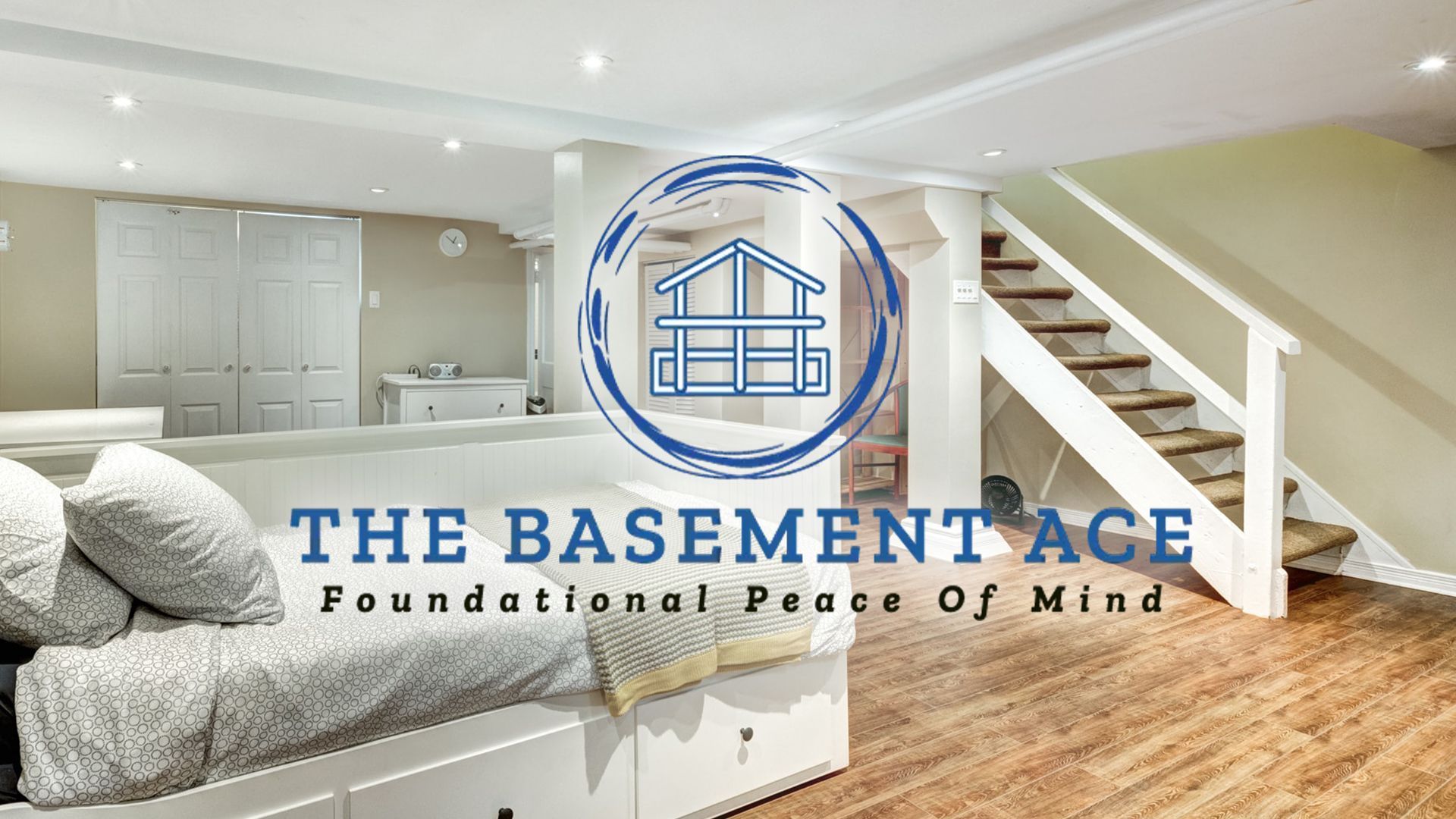
Professional Services for Persistent Water Issues
Persistent basement water issues necessitate professional services. Ignoring water problems can threaten the structural integrity of your home and impact your family’s health. Professional waterproofing services provide lasting, tailored solutions for issues that DIY methods cannot address.
Companies like The Basement Ace specialize in comprehensive solutions, such as foundation repairs and waterproofing, ensuring a dry, healthy space free from water intrusion.
Foundation Repair and Stabilization
Foundation repair and stabilization services tackle structural issues caused by soil settling and improper drainage. Signs of foundation repair needs include cracks in walls or flooring, sticking doors or windows, uneven floors, and basement water intrusion.
Foundation repair services aim to ensure home longevity and safety by correcting and strengthening the foundation wall. Wall repair and stabilization services turn vulnerable structures into robust defenses against water intrusion.
Interior Drainage Systems
Interior drainage systems channel subsurface drainage system water from the basement, preventing buildup and maintaining a dry environment. A drainage channel can be installed at the base of the wall, positioned at the floor slab.
French drain are commonly used to manage groundwater around the foundation, especially in areas with high water tables or frequent heavy rainfall. Professional installation ensures correct placement and grading, effectively diverting water.
Exterior Waterproofing
Exterior waterproofing involves excavating around the foundation and applying waterproof membranes to foundation walls. These methods are vital for preventing water intrusions and protecting your basement from moisture problems.
Proper excavation and waterproof coatings create a robust barrier against water infiltration, ensuring a dry and healthy basement environment.
Preventive Measures to Keep Your Basement Dry
Preventive measures are key to maintaining a dry basement and avoiding costly repairs. Regular gutter and downspout maintenance, proper drainage landscaping, and monitoring humidity levels can significantly reduce basement water issues.
These preventive measures address the root causes of moisture problems, ensuring a dry and healthy living space.
Regular Maintenance of Gutters and Downspouts
Regular inspection and cleaning of gutters and downspouts ensure they function correctly. Well-maintained gutters direct water away from the foundation, reducing the risk of basement water buildup.
Regularly evaluate gutters and downspouts to prevent clogs and ensure effective water management. This simple yet effective measure can prevent many basement moisture problems.
Landscaping for Proper Drainage
Proper landscaping is crucial for maintaining effective drainage around your home. The ground should slope away from the foundation at least 1 inch per foot of distance from the house. This prevents water accumulation and basement flooding.
Berms and swales can redirect water away from the foundation. Avoid planting large trees or shrubs close to the home to prevent root damage and moisture intrusion.
Monitoring Humidity Levels
Monitoring and controlling basement humidity levels are essential to preventing moisture accumulation. Humidity levels should remain below 50% to inhibit mold growth and maintain a healthy environment.
A heavy-duty dehumidifier and a hygrometer can effectively manage humidity. This reduces moisture problems and improves air quality and overall health in your home.
Summary
Summing up, we’ve covered the essential aspects of dealing with water in your basement. From identifying various sources such as groundwater seepage, rainwater, and interior leaks, to recognizing common signs like musty odors, water stains, and efflorescence, it’s clear that understanding the root cause is crucial for effective remediation. We’ve also explored practical solutions, including installing sump pump systems, improving exterior drainage, and sealing cracks, to keep your basement dry and healthy.
Remember, while DIY methods can be effective for minor issues, persistent water problems often require professional intervention. Services like those offered by The Basement Ace provide comprehensive solutions that ensure long-term protection and peace of mind. By implementing preventive measures such as regular gutter maintenance, proper landscaping, and humidity control, you can safeguard your basement against future water issues and maintain a healthy living space.
Frequently Asked Questions
What are the common signs of water issues in a basement?
If you notice musty smells, mold, water stains, or white powdery residue on walls, those are signs you’ve got water issues in your basement. It’s time to tackle those moisture problems before they get worse!
How does a sump pump system help in preventing basement flooding?
A sump pump system is a game-changer for preventing basement flooding since it automatically detects water and pumps it out, keeping your space dry. It’s like having a silent guard against water damage!
What is the importance of maintaining gutters and downspouts?
Keeping your gutters and downspouts in check is crucial to protect your home from water damage. It prevents leaks and keeps your foundation safe by directing rainwater away.
When should I seek professional help for basement water issues?
You should definitely call in the pros if you're dealing with severe moisture issues, frequent flooding, or any visible damage to your basement. Don’t wait until the problem gets worse!
How can landscaping help in preventing basement water issues?
Landscaping can definitely help keep your basement dry by grading the soil to slope away from your foundation and using berms and swales to redirect water. Just remember to keep big trees away from your home to avoid root problems and moisture issues.
